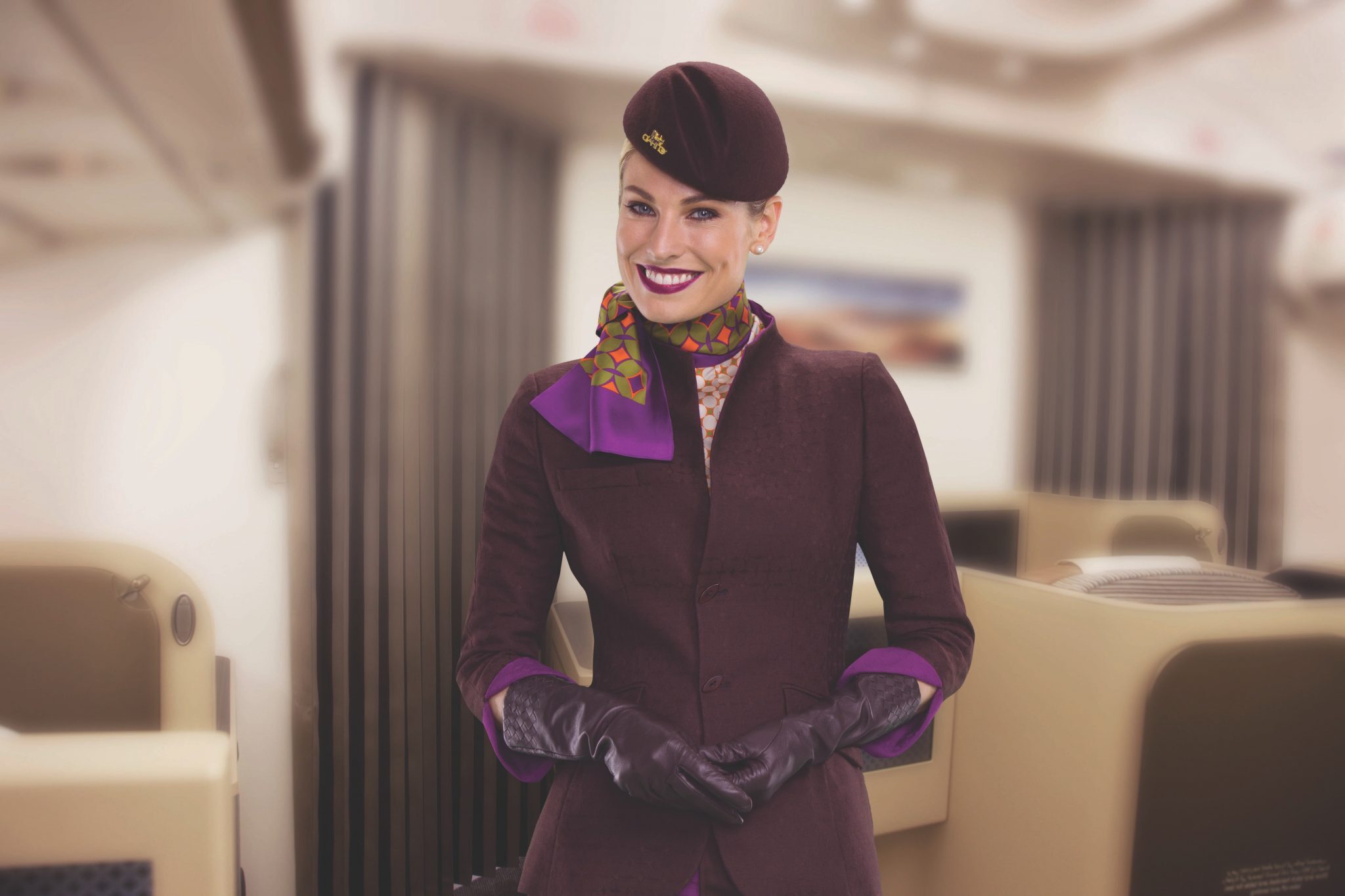
Crew rostering might sound like a complex puzzle, but it’s a crucial part of many industries, especially aviation and railways. Ever wondered how pilots, train conductors, or even cabin crew know their schedules? The answer lies in crew rostering. This process ensures that all shifts are covered, employees get their required rest, and operations run smoothly. Imagine trying to coordinate hundreds of employees with different skills, availability, and preferences. Sounds tricky, right? But with the right system, it’s all possible. In this post, we’ll dive into 16 fascinating facts about crew rostering that will give you a new appreciation for this behind-the-scenes magic. Buckle up!
Key Takeaways:
- Crew rostering is the process of scheduling work shifts for crew members in industries like aviation. It helps balance work and rest, reduce costs, and ensure compliance with regulations.
- Advanced technology is improving crew rostering, making scheduling more efficient and reducing errors. The future holds even more promise with AI and machine learning for predictive analytics.
What is Crew Rostering?
Crew rostering is the process of scheduling and managing the work shifts of crew members in various industries, such as aviation, maritime, and railways. It ensures that operations run smoothly and efficiently.
-
Crew rostering helps in maintaining a balance between work and rest periods for crew members, ensuring they are well-rested and alert during their shifts.
-
Advanced software systems are often used to create and manage crew rosters, taking into account various factors like availability, qualifications, and legal requirements.
-
In the aviation industry, crew rostering is crucial for ensuring that pilots and cabin crew meet the regulatory requirements for flight hours and rest periods.
Importance of Crew Rostering
Effective crew rostering is essential for the smooth operation of any organization that relies on shift work. It helps in optimizing resources and ensuring compliance with regulations.
-
Proper crew rostering can significantly reduce operational costs by minimizing overtime and ensuring efficient use of available resources.
-
It helps in improving employee satisfaction by providing fair and transparent scheduling, which can lead to higher retention rates.
-
Crew rostering ensures compliance with labor laws and industry regulations, reducing the risk of legal issues and penalties.
Challenges in Crew Rostering
Despite its importance, crew rostering can be a complex and challenging task. Various factors need to be considered to create an effective roster.
-
One of the biggest challenges in crew rostering is managing last-minute changes, such as sick leaves or unexpected absences, which can disrupt the entire schedule.
-
Balancing the needs and preferences of crew members with operational requirements can be difficult, especially in industries with high demand and tight schedules.
-
Ensuring that all crew members have the necessary qualifications and certifications for their assigned tasks adds another layer of complexity to the rostering process.
Technological Advancements in Crew Rostering
Technology has played a significant role in improving the efficiency and accuracy of crew rostering. Modern software solutions offer various features to streamline the process.
-
Automated rostering systems can quickly generate optimized schedules based on predefined criteria, saving time and reducing the risk of human error.
-
These systems often include features like real-time updates and notifications, allowing managers to make quick adjustments when needed.
-
Integration with other systems, such as payroll and HR, helps in maintaining accurate records and ensuring seamless operations.
Benefits of Effective Crew Rostering
Implementing an effective crew rostering system can bring numerous benefits to an organization, from improved efficiency to better employee morale.
-
Effective crew rostering can lead to increased productivity by ensuring that the right people are in the right place at the right time.
-
It helps in reducing fatigue-related incidents by ensuring that crew members have adequate rest periods between shifts.
-
Improved communication and transparency in scheduling can lead to better teamwork and collaboration among crew members.
Future of Crew Rostering
The future of crew rostering looks promising, with advancements in technology and data analytics paving the way for more efficient and effective solutions.
- Artificial intelligence and machine learning are expected to play a significant role in the future of crew rostering, offering predictive analytics and more accurate scheduling.
The Final Word on Crew Rostering
Crew rostering is a complex yet essential part of many industries. It ensures that the right people are in the right place at the right time. From airlines to railways, efficient rostering keeps operations smooth and employees satisfied. It involves balancing skills, availability, and regulations. Technology has made this task easier, with software that can handle multiple variables and scenarios. However, human oversight remains crucial to address unexpected changes and individual needs. Understanding the intricacies of crew rostering can lead to better management and happier teams. Whether you're a manager or an employee, knowing these facts can help you appreciate the effort behind every schedule. So next time you see a well-organized crew, remember the planning and technology that made it possible.
Frequently Asked Questions
Was this page helpful?
Our commitment to delivering trustworthy and engaging content is at the heart of what we do. Each fact on our site is contributed by real users like you, bringing a wealth of diverse insights and information. To ensure the highest standards of accuracy and reliability, our dedicated editors meticulously review each submission. This process guarantees that the facts we share are not only fascinating but also credible. Trust in our commitment to quality and authenticity as you explore and learn with us.


